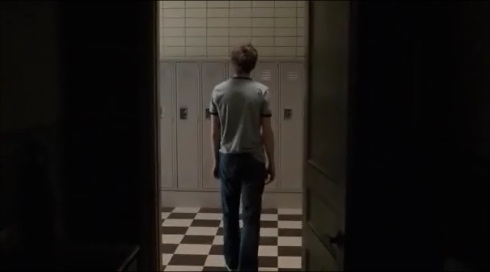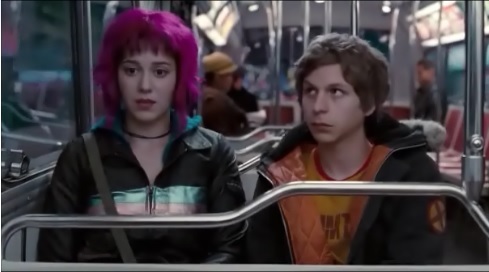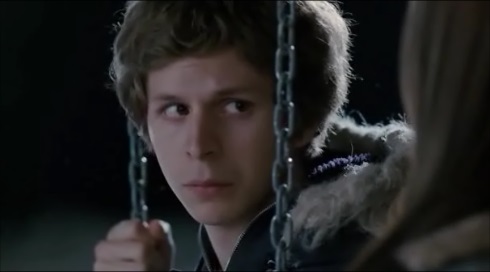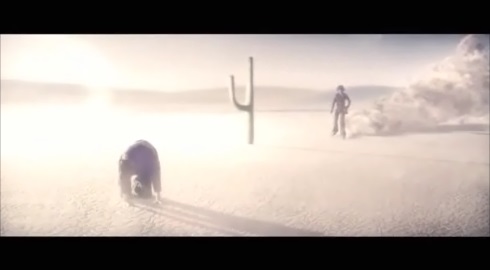the problems of Scott Pilgrim vs. the World the movie
 |
I understand this movie did not do well when released, and there were many arguments explaining this fact, from casting to promotion to target audience, all of which may be true. The one reason that isn’t often mentioned or accepted is that the story just isn’t told well enough. By this I mostly mean that after watching the movie, it is difficult to give a confident answer to the question of “What is this movie about?” I believe this is the central reason why the movie suffered despite its stunningly imaginative and bold artistry. By the end of this post it should be clear that the problems lie structurally. Spoilers ahead.
1. The narrative device is used inconsistently.
 |
The world of Scott Pilgrim is (sometimes) like a video game, without this being acknowledged as extraordinary. This is magical realism, and the movie wants to use this device; its aesthetic style is built for it, and it starts out with it in the first act. But to pull off magical realism, the movie has to anchor a strong belief in realism, lest it drift into pure fantasy (recognized strangeness) or surrealism (dreams). This is why Scott Pilgrim’s world has to have a base level of normality, balancing the magical properties in it. The beginning is actually perfect, save for the uncomfortably dissonant opening line — “Not so long ago, in the mysterious land… of Toronto, Canada” — that betrays the precarious nature of the task to come. Then, the first fight scene abruptly challenges the established balance, which begins to break down in the middle act as more and more fantastical elements enter to eventually usurp the entire narrative. Realism is crowded into a vestigial corner where uninvolved characters observe too disinterestedly from the sidelines. There is a subtle disintegration into two non-intersecting worlds. More confusingly, some characters, Ramona and Knives, move between the two worlds, sometimes fighting with Scott Pilgrim, other times not. As the narrative device becomes equivocal, the story loses coherence; the viewer is burdened with having to constantly reevaluate suspension of disbelief and decide between the equally unsatisfactory notions of Scott Pilgrim’s battles as being literal or metaphorical.
2. The central allegory is inadequately explored.
 |
In a video game, one goes through levels, beats enemies, earns points, and reaches some goal at the end. The analogous elements of Scott Pilgrim’s life as an allegorical video game are not so clear; or let’s say the clear ones are too shallow to be taken seriously. For example, his challenges could be literal enemies, but this is shallow. So most would say they represent his personal demons. Yet each fight does not explore a distinct personality defect; rather they present as repetitions of the same generic demon of dealing with somebody else’s baggage, which is legitimately disappointing. The allegory is further strained when Scott Pilgrim is rewarded for each victory with points and coins, but when with few exceptions, these have no discernible effect on his literal strength/capability or on his character development. There is no effect to winning a fight beyond winning the fight, not even forward progression in the game of life or more than a cursory knowledge about his opponents or Ramona. Everything is focused externally. Finally, the real goal of the entire “pilgrimage” — personal growth — is diluted by presenting the exercise as both something meaningless forced upon him by Gideon, and as an unfortunate rite of passage in getting closer to Ramona. While the second goal arguably carries some weight, the first does nothing but detract from the desired message.
3. The ending is rushed and mangled.
 |
Scott Pilgrim learns too many lessons in the final act and too quickly. First he learns to profess love, seemingly an objective leading up, but gets promptly killed, making this point indeterminate. With the slate wiped clean, he learns, deus ex machina, that he was selfish, took no responsibility, treated friends badly, was dishonest and full of himself. However, these climactic realizations just blow by in a quick scene before the final fight and are only briefly acknowledged. At this point, he is assigned “self respect” as a summary point, but the symbolic representation of actually recognizing and accepting his own evils inexplicably comes after the final fight, where it is presented as a throwaway bit that may as well not exist. It is also unclear how he came to any of his realizations in the first place without at least some extended suffering and introspection. His friends, though prodding before, lacked an intolerance of him. His battles, though difficult, lacked true failure. His time mourning the loss of Ramona seems non-existent due to a shocking neglect to insert a time-lapse sequence. The metaphorical suffering attributable to temporary video game death is too brief and filled with head-scratching dialogue. Even the punctuating remark entering death — “You can cheat on these ladies all you like, but you can’t cheat death” — is malapropos. The rest of the closing act dialogue is equally confounding.
 |
 |
I like this movie, I really do. Despite its flaws, it manages to reach something important in the human psyche. But I am profoundly unsatiated. For a movie that starts out well enough, how does it run into these glaring problems? I wondered the same, until I found out that the comic series that the movie was based on hadn’t been finished when the movie began production, and that in particular the ending did not exist. When I saw the first version of the ending filmed (here and here), all the storytelling problems became understandable. The current ending is much preferable as it gives a deeper meaning to the movie. Self actualization is deeper than reciprocation. But this also means the movie production had been working towards an entirely different thesis, or an open, blurry, and unfocused one. It’s a wonder that they got the chosen ending to fit so the whole movie didn’t totally fall apart. But so poorly fleshed out is it that even the promotion department had a problem answering what this movie was about.
